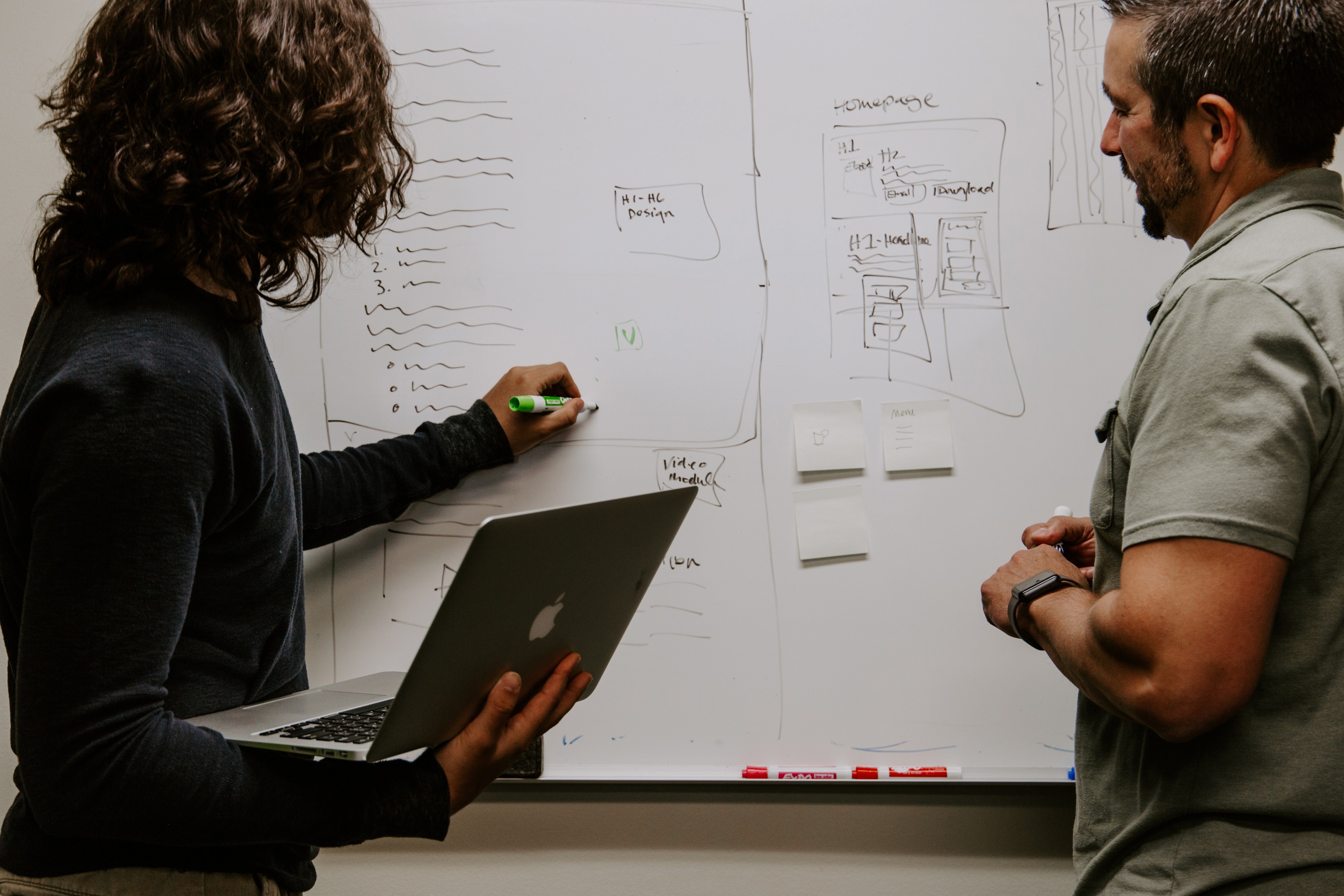
Graphic design in the IT marketing space is a balancing act. While the ultimate goal is effective communication, aesthetics still play a role. But here's the catch: aesthetics are subjective. What's visually pleasing to one person might be an eyesore to another. So, how do you navigate this minefield of tastes and preferences?
One pitfall I often encounter is either the designer or a key stakeholder imposing their personal aesthetic onto a project. If you're the client and you're not vibing with the designer's concept, speak up. Any seasoned designer, myself included, can pivot and offer a different approach. Trust me, we've developed thick skins and can handle constructive criticism—it's part of the game.
Dealing with strong opinions
Now, if the issue lies with a key stakeholder, especially one holding the purse strings, things get trickier. I've met people who have strong opinions on colour, imagery, and fonts but lack the experience or the 'eye' to offer objective feedback. And it's a double whammy if they're not aware of their limitations. This is where your skills in diplomacy and tact come into play.
So, what's the workaround? Offering alternative designs can often help stakeholders find something they like, making it easier to move forward. If you need to steer them away from a particular concept they're attached to, show them material from sources your target audience already engages with—competitor sites, partner sites, community forums, you name it. The goal is to stand out without jarring your audience.
Putting your design side by side with these materials can offer a fresh perspective, helping to strike the right balance between individual taste and broader appeal. It's a technique I've found useful in many projects.
The collaborative approach
At the end of the day, while personal tastes do matter, the design needs to resonate with a wider audience and align with your brand's ethos. That's why I'm a proponent of a collaborative approach to design. With the right mix of collective input and designer expertise, you can achieve a look and feel that hits the mark with as few iterations as possible.
So, the next time you're embroiled in a design project, remember: it's not just about what one person thinks looks good. It's about creating something that serves the larger goal of effective communication, while still being aesthetically pleasing to the majority. And sometimes, that means navigating a minefield of opinions with grace and tact.



